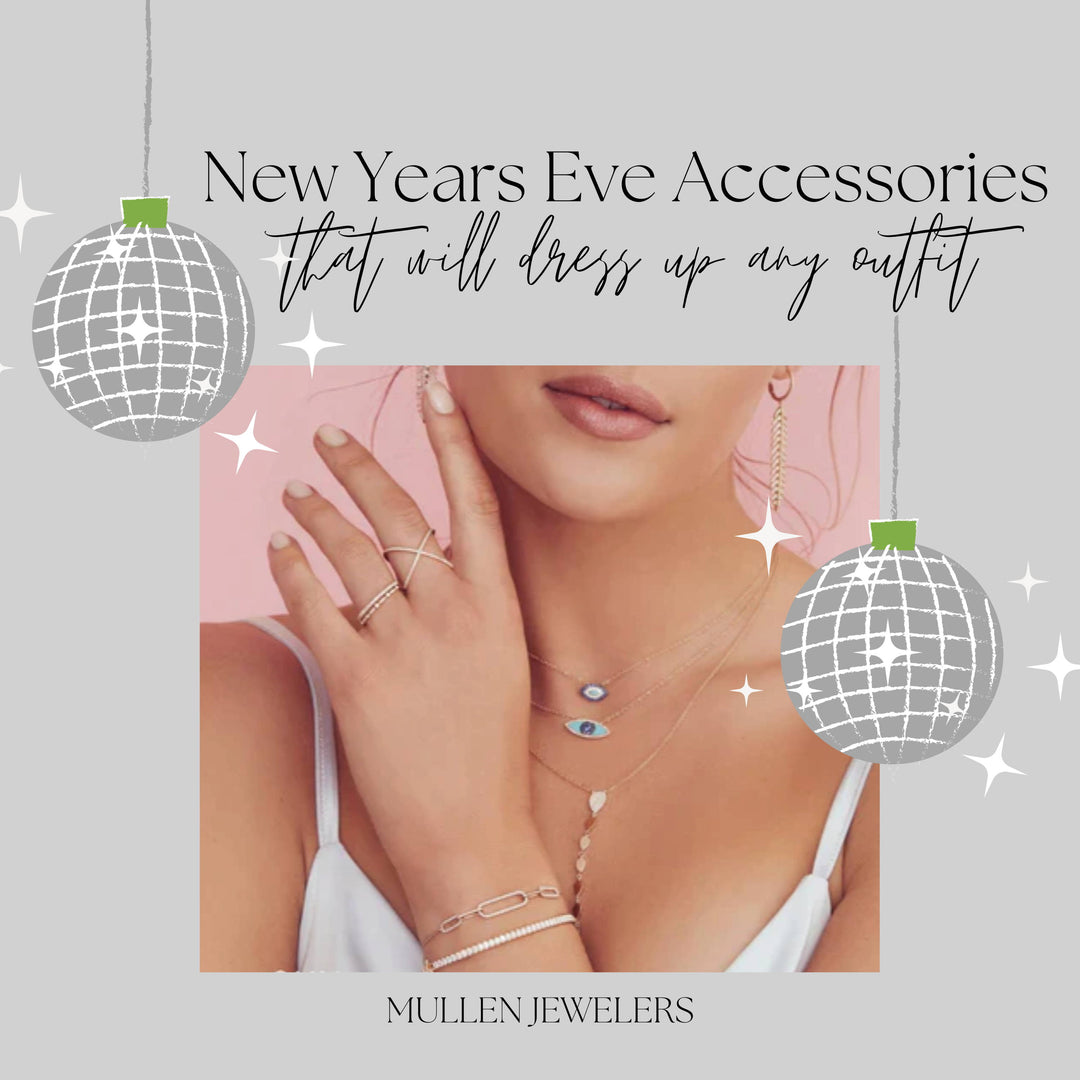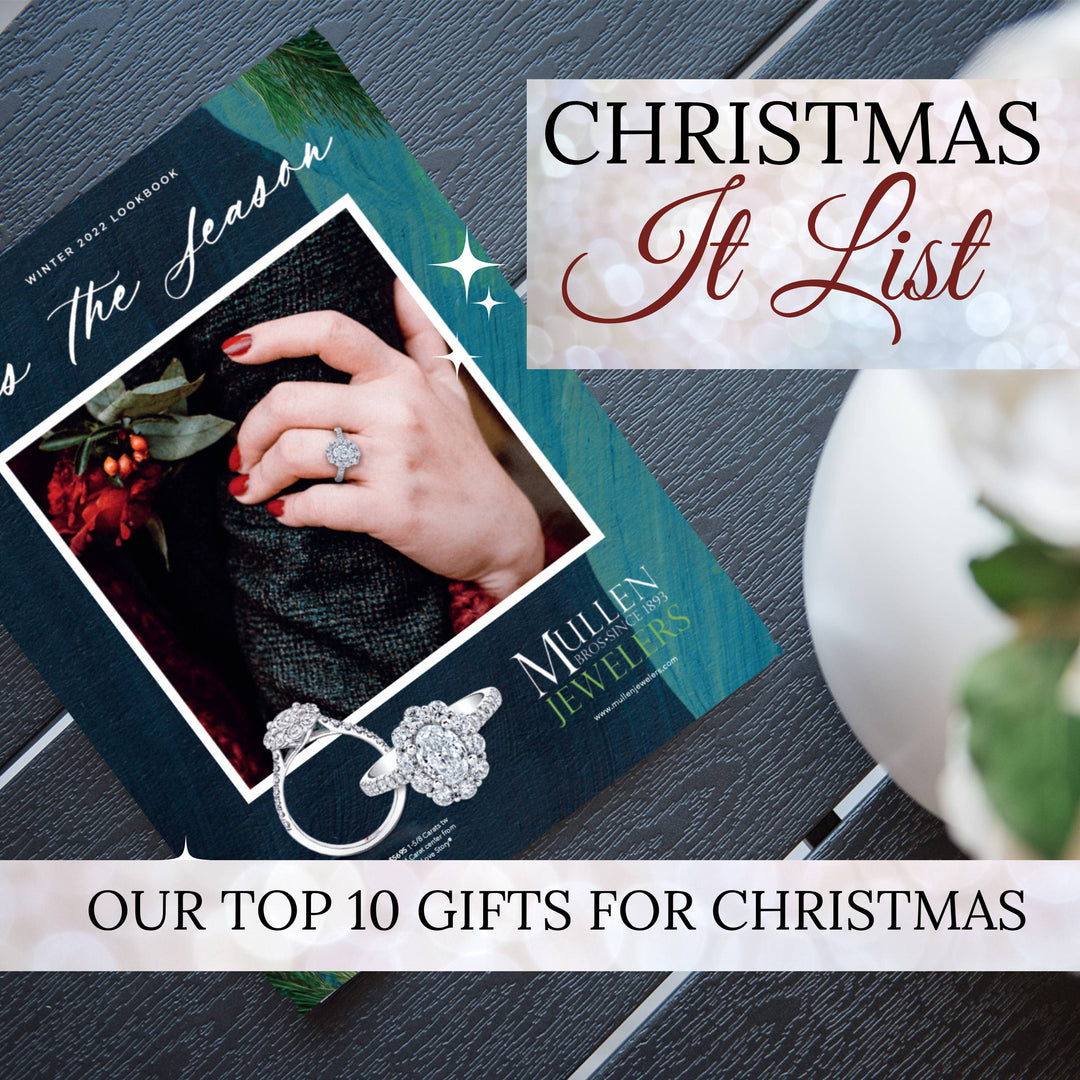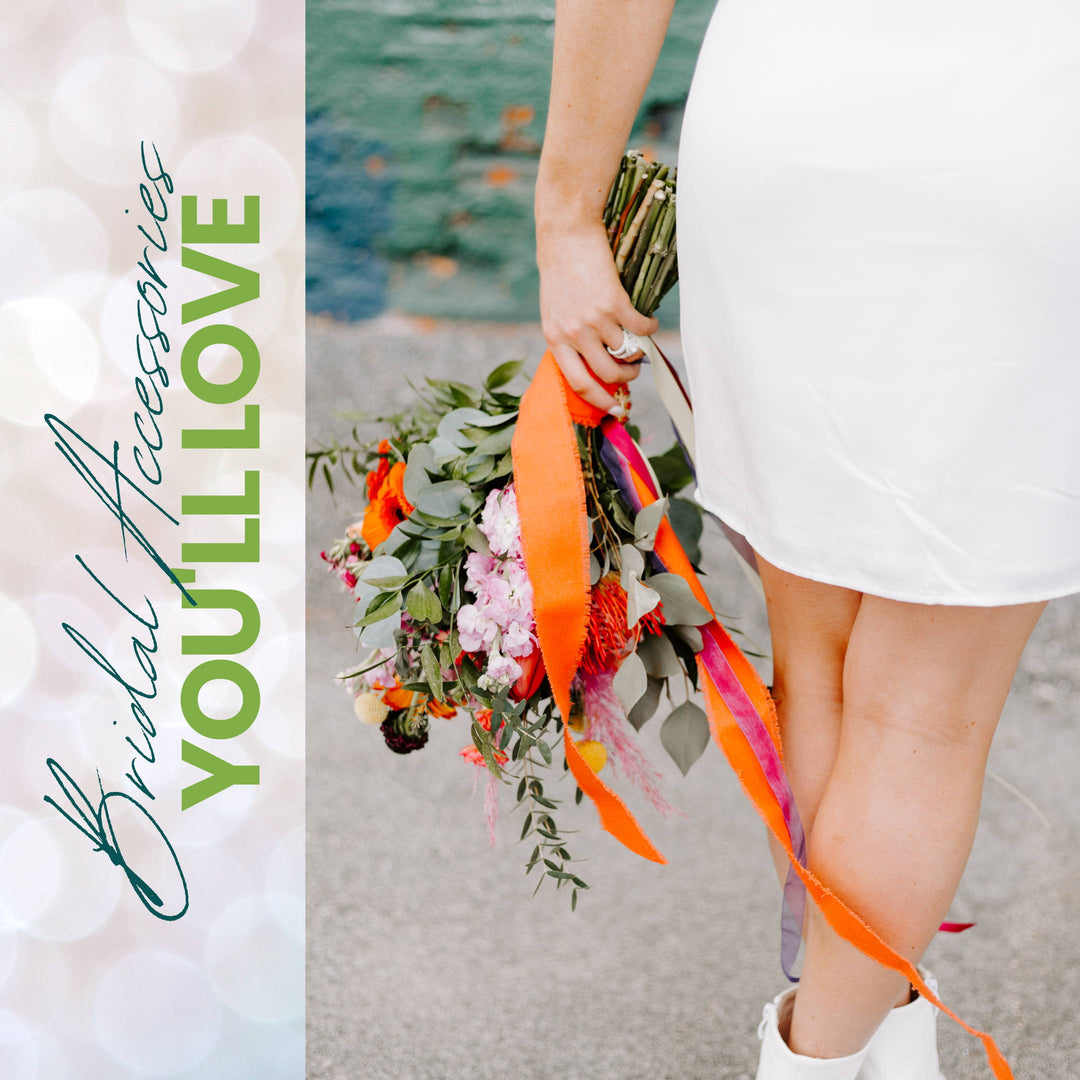Why Do 1 Carat Diamonds Range From $2500 to $10000?

It's All About Supply and Demand
Like so many things, diamond prices are heavily influenced by supply and demand. But unlike new cars or television sets, diamonds must be mined from the earth and cannot be created on demand. This puts a natural limit on the color, clarity and size combinations that are available at any one time. Because there are so many different diamond shapes available as well, that puts another dent into the supply, as mined diamonds are cut into different shapes.
Round diamonds are by far the most popular shape of diamond, with princess cut being the clear number 2. With those two shapes being the most popular, when getting into larger sizes like a 1 carat, we can start to see large swings in the price for different qualities.
The supply and demand issue is also why a 1/2 carat diamond doesn't simply cost half as much as a 1 carat diamond. 1 carats are significantly more rare and also in a much higher demand, so it's not uncommon for a 1 carat to cost 4 times that of a similar 1/2 carat diamond.
The Quality of the Diamond Plays a Huge Part
When we talk about diamond "quality", we're mostly speaking about the 4C's. Understanding the technical differences between the grades will help you ask the right questions and choose the best diamond for your budget. Here are some practical questions you can ask, and how they effect the price of a diamond.
When You First Look at the Diamond, How Pretty Is It?
It may sound a bit simplistic, but the sparkle of the diamond is the easiest way to gauge how well it's cut. All else being equal, cut has the largest impact of the price of a diamond and it's price. A diamond with superior cut will make it difficult to spot inclusions, and will often cover up color issues. Diamonds with excellent cut are in high demand because of their beauty and will make them more valuable.
So step one is always to use your eyeballs. If the diamond doesn't grab your attention and captivate you, forget about the price and color and clarity and move on to the next. Long after you've forgotten the technical specs of the diamond, it's beauty will stay with you.
Does the Diamond Actually Weigh a Full Carat?
Any diamond weighing between .90 and 1.10 carat falls within the 1 carat range, and will generally look a similar size. That said, 1.00 is what we call a "magic number", so even though you may not be able to see a size difference, you will see a price difference. For many people, getting 1.02 carat, instead of .98 carat is important. As we discussed earlier, that increased demand creates a higher price.
If you're willing to be flexible on the weight of the diamond, this is a good place to save some money, especially if you're shopping on a budget.
Does the Diamond Look White, or Seem a Bit Yellow, Gray or Brown?
It seems pretty straightforward that a diamond with a significant yellow tint would cost less than a nice white diamond, and that's very true, however, subtle colors differences will also have a definite impact on the cost of a diamond.
The most valuable diamonds are colorless (grades D, E of F) and contain no color at all. But most diamonds you'll see will fall into the near colorless range. These diamonds "face-up" colorless (which is how you see it mounted in the ring), but have a slight tint of color when loose and upside down for grading.
It's important to understand that diamonds are graded upside down, so we can get a clear look at the internal body color of the diamond, and so that the sparkle of the diamond doesn't impact it's grade. So a near colorless diamond (grades G. H, I and J) can look every bit as white as a colorless diamond when set in a ring, but be a lot less money.
How Easy is it to Spot Inclusions in the Diamond Under Magnification?
Otherwise known as clarity, the number, size, location and color of inclusions will significantly effect the price of a diamond. The two biggest price gaps created by clarity are the difference between a very, very, slightly included diamond (VVS) and an internally flawless diamond and the difference between an included diamond and an "eye clean" diamond.
Both gaps are the result of major supply and demand shifts. 80% of the diamonds you'll find in a jewelry store will have some type of visible inclusion. To get a diamond without any inclusions you can see with the naked eye makes them much more desirable and naturally in shorter supply.
While not a common debate. The difference between a completely flawless diamond, and one with extremely small, barely visible inclusions also creates a large price gap, again because of their extreme rarity, and high demand among those that can afford them.
Has the Diamond Been Certified?
Having an independent laboratory (like GIA or EGL) grade a diamond will produce a noticeable price bump. Laboratories charge a fee to grade diamonds, so there is an automatic cost associated with the grading report. Having the report, especially if GIA or AGS, also makes the diamond more desirable by providing an independent 3rd party opinion of the diamonds grade.
As AGS jewelers, we are required to grade with honesty and accuracy, and even with our reputation and experience, we still send the great majority of our diamonds to be graded by a laboratory.
Having a grading report, should give you an extra bit of confidence in the diamond your buying, however, that confidence does come with an extra price bump.
The Bottom Line
All of the factors outlined above will create the difference between a $2500, $5000, or $10000 1 carat diamond. In the $2500 range, you can expect to find a diamond that has a noticeable inclusion that you can see with the naked eye, it will typically have some yellow or brown body color that you can see when mounted in the ring. Often these diamonds will be cut deep and not have superior sparkle, and rarely have a lab certificate.
A $5000 1 carat diamond will usually be certified and have a much better cut and sparkle. For the diamond to fall into this range, it will either be eye clean, but have a small tint of color when upside down for grading (which you may not be able to see when set in the ring) or be nice a colorless diamond that has a small inclusions that you may be able to see with the naked eye. These will generally be very clean diamonds, however, usually will not be 100% eye clean.
A $10000 1 carat diamond will be certified by the GIA or AGS and have an excellent cut and sparkle, this diamond will typically be colorless and would be 100% eye clean. Any inclusions would be difficult to spot with magnification, and impossible to see with the naked eye. These diamonds are extremely rare, and in a very high demand.
Have more questions? Feel free to ask though our chat feature, or setup an appointment to see the differences for yourself.







Leave a comment